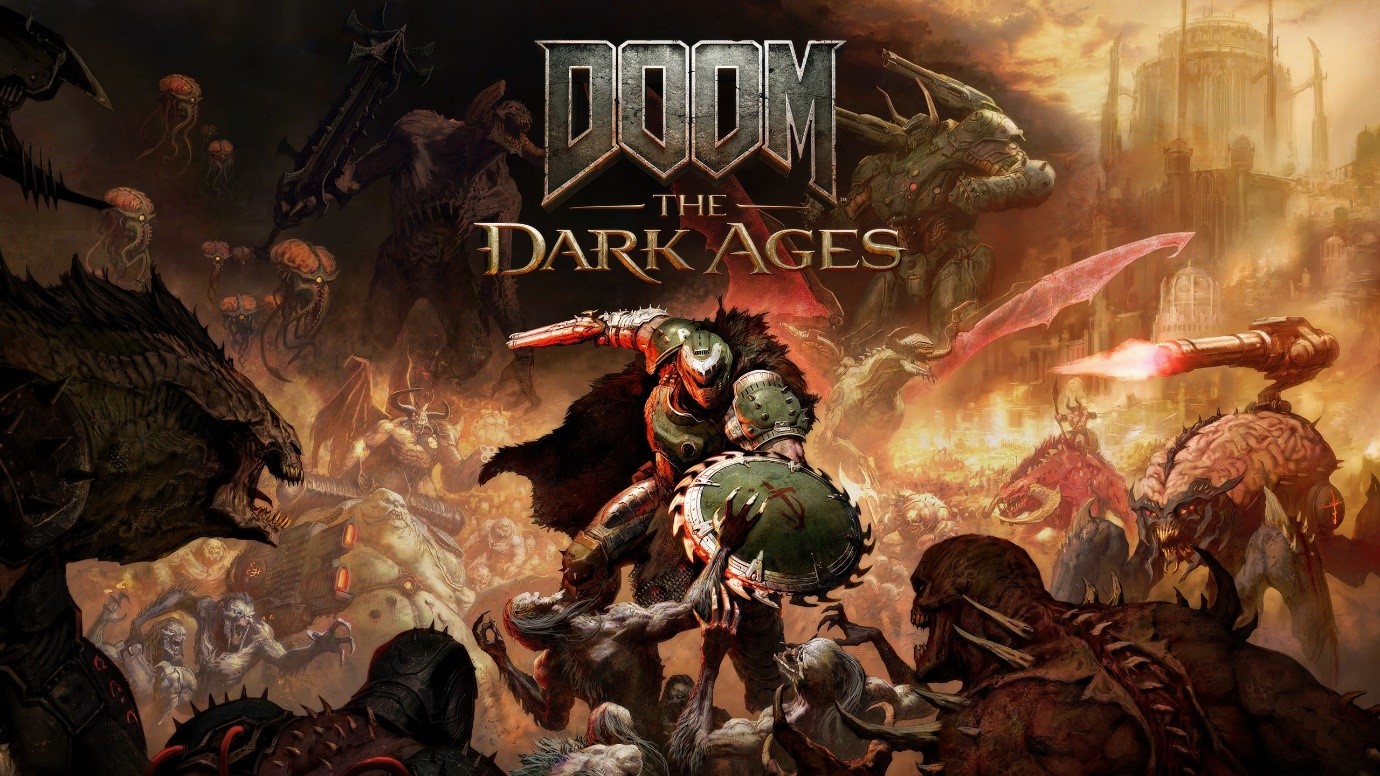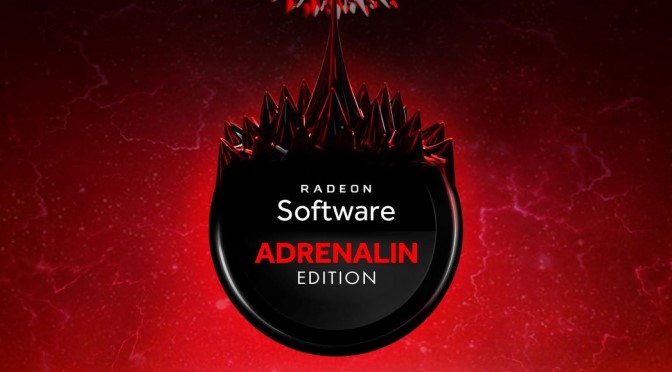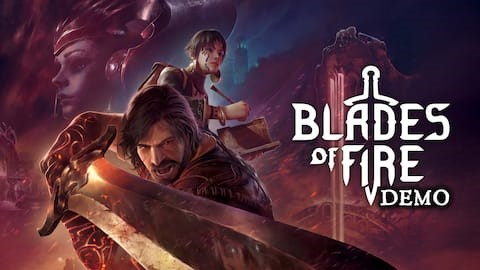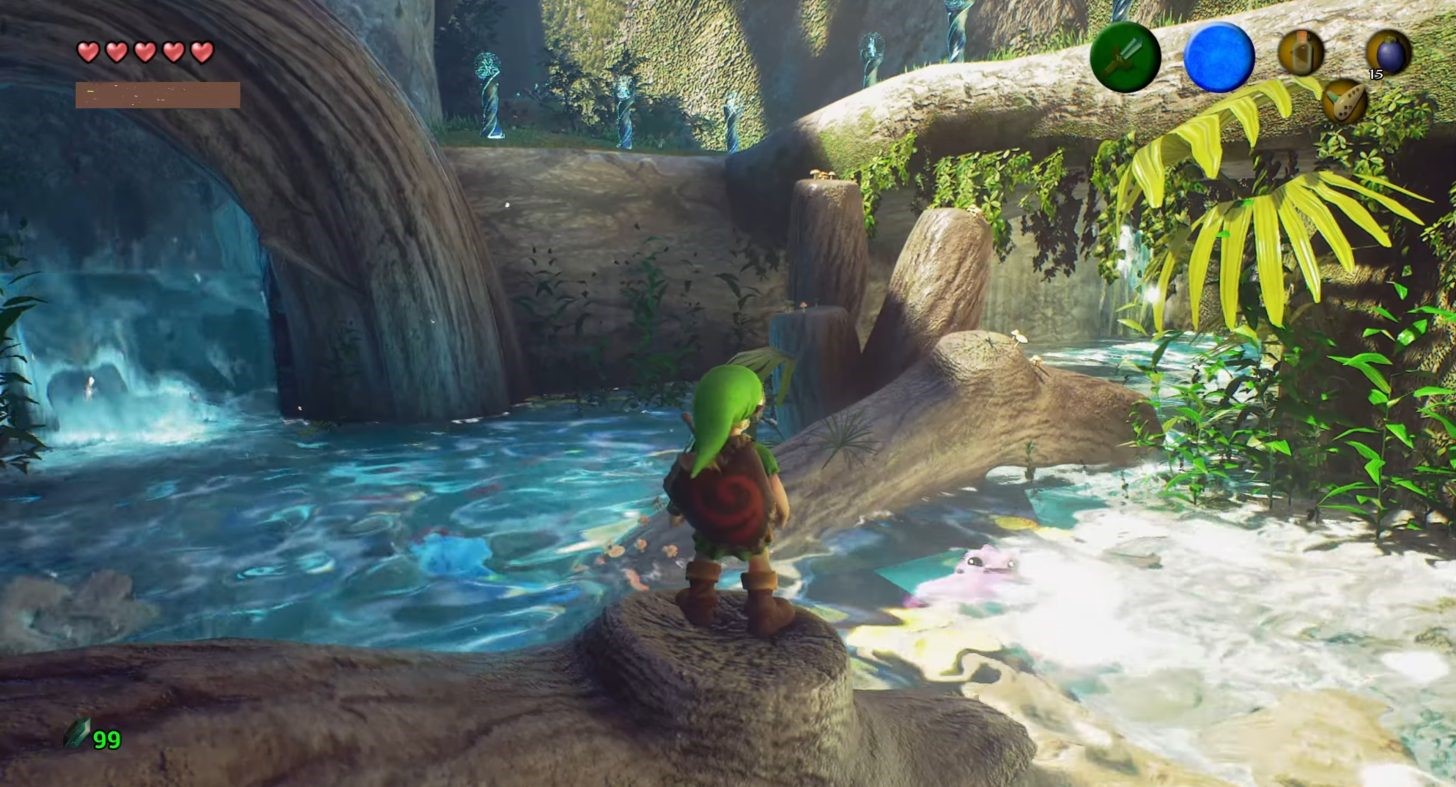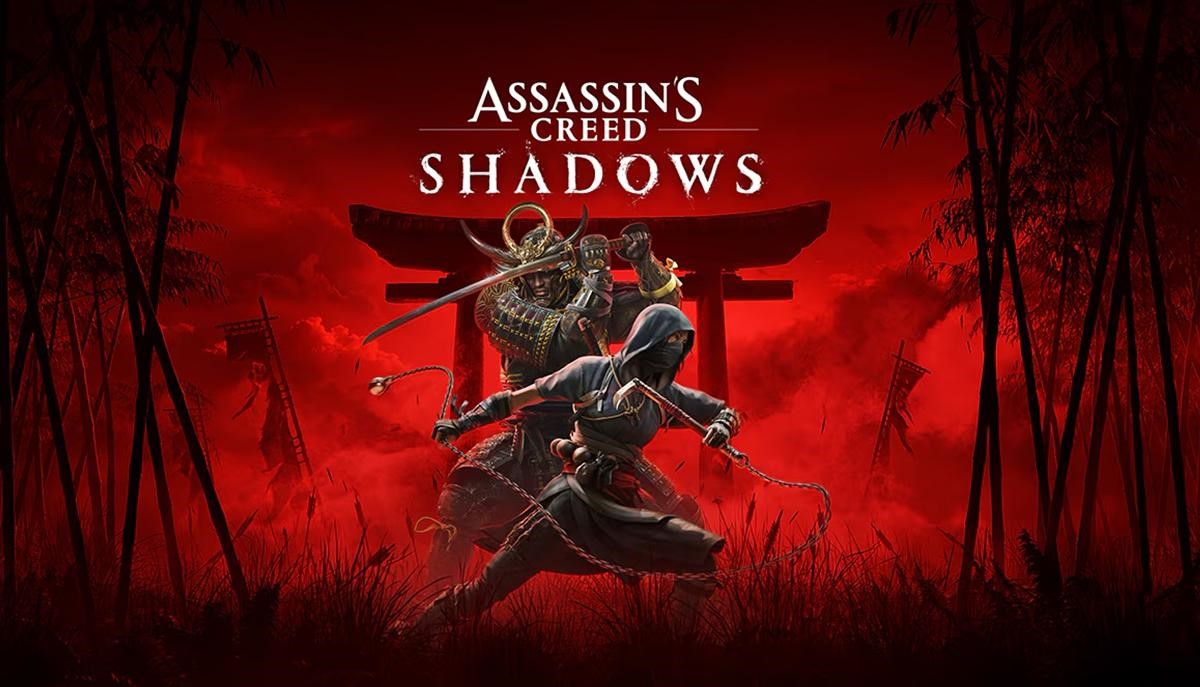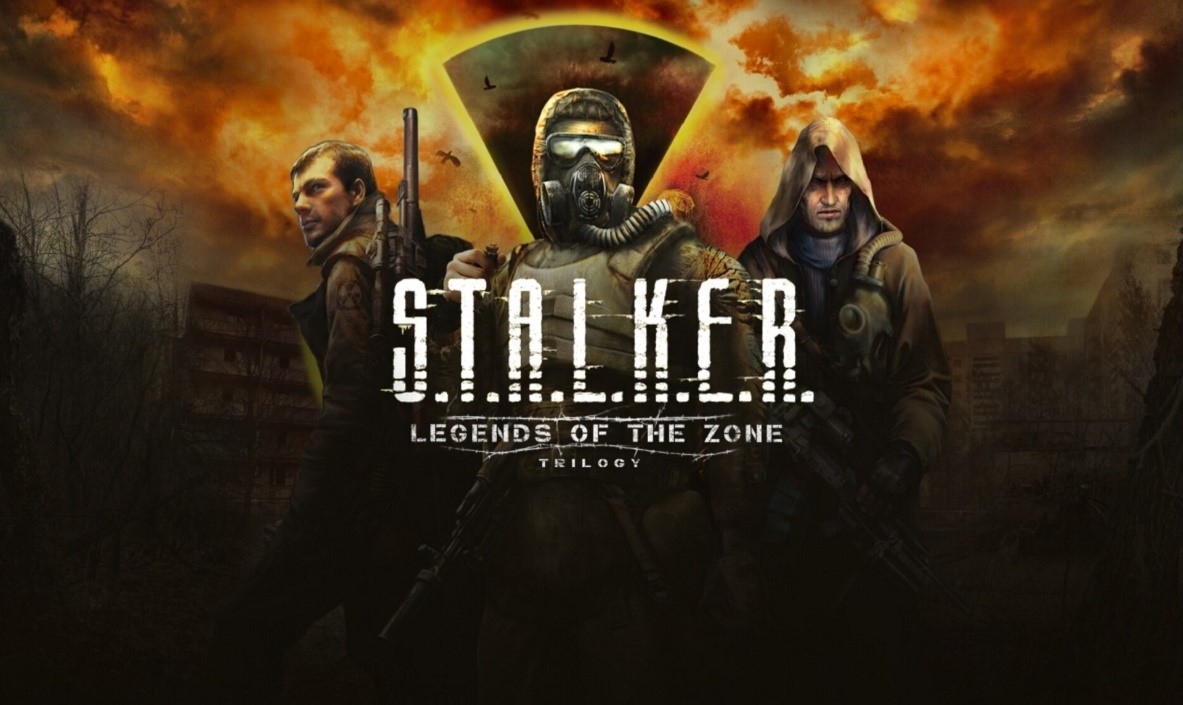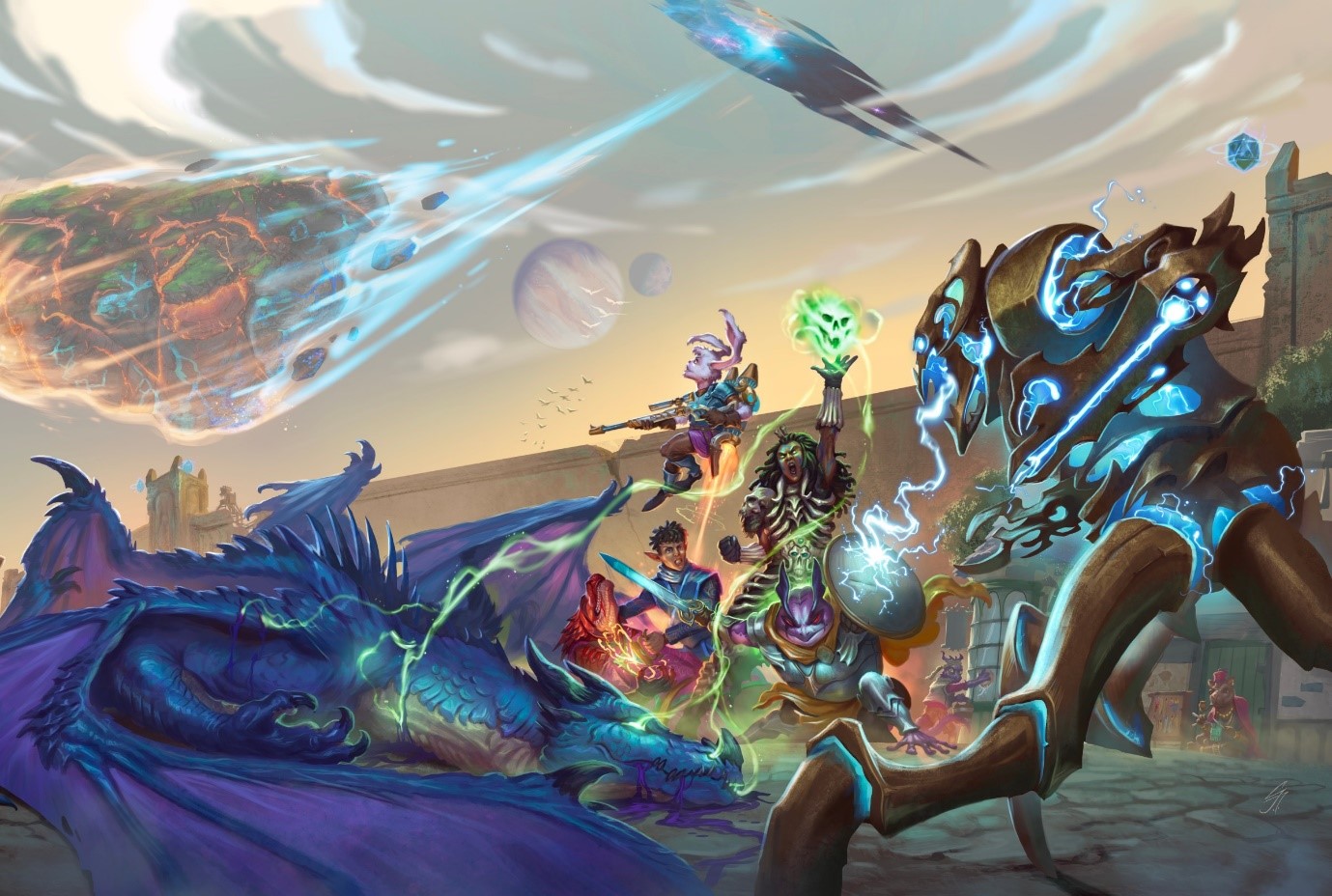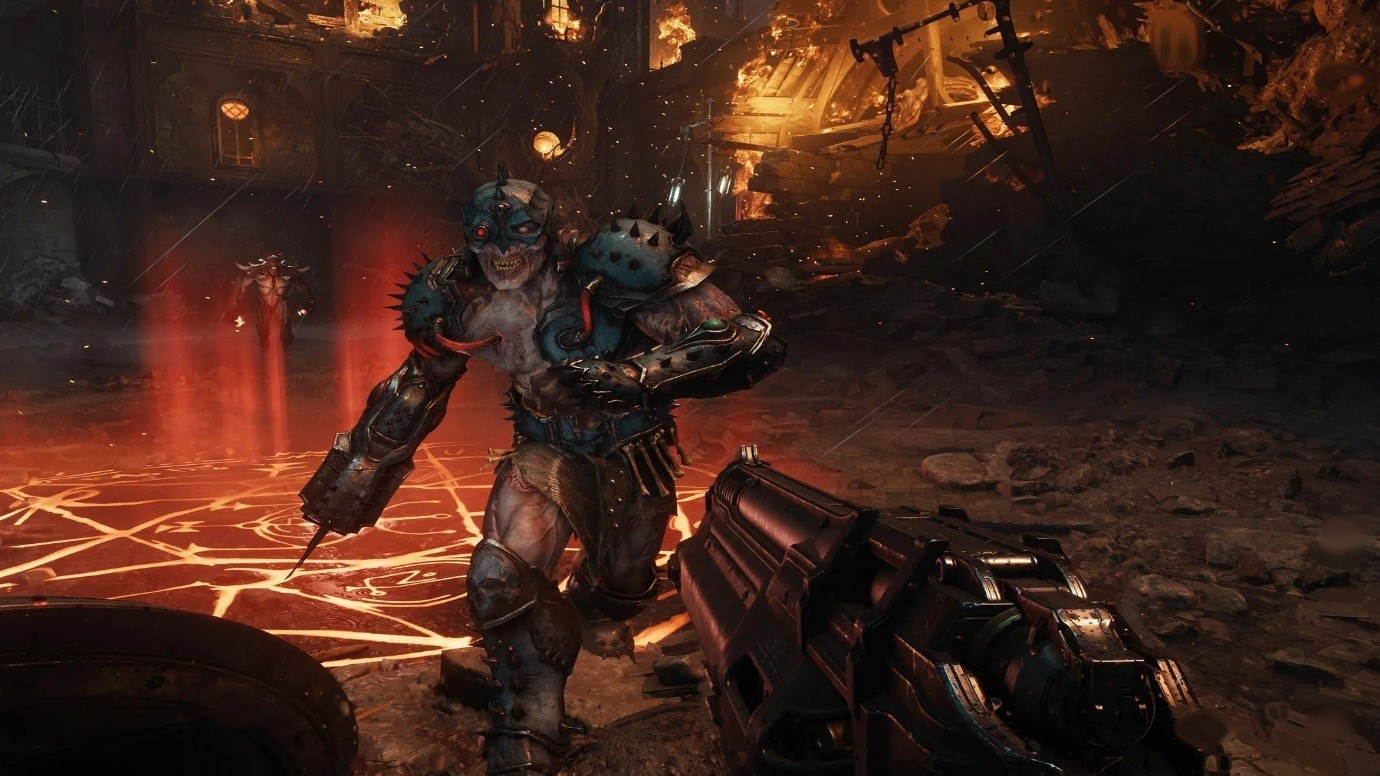Critical Role’s Daggerheart TTRPG Tackles Major D&D Shortcomings
Advantage has been rebalanced and combat made more dynamic. While the popularity of the actual play show Critical Role helped boost 5th edition Dungeons & Dragons to massive success, Critical Role Productions has now stepped beyond collaboration to become a competitor. After years of development, Daggerheart—a tabletop RPG from Critical Role’s publishing arm, Darrington Press—launches today. The book reflects how lead designer Spenser Starke and his team have applied lessons learned from 5e to tackle some of its biggest challenges.
problem: Failure Lacks Excitement
Few moments in D&D are as thrilling as rolling a natural 20 in a critical moment, but the d20 system comes with a major downside: its swings between success and failure can stall the story. A low roll might mean missing an attack, failing to find a crucial clue, or being unable to unlock a door, leaving the players stuck.
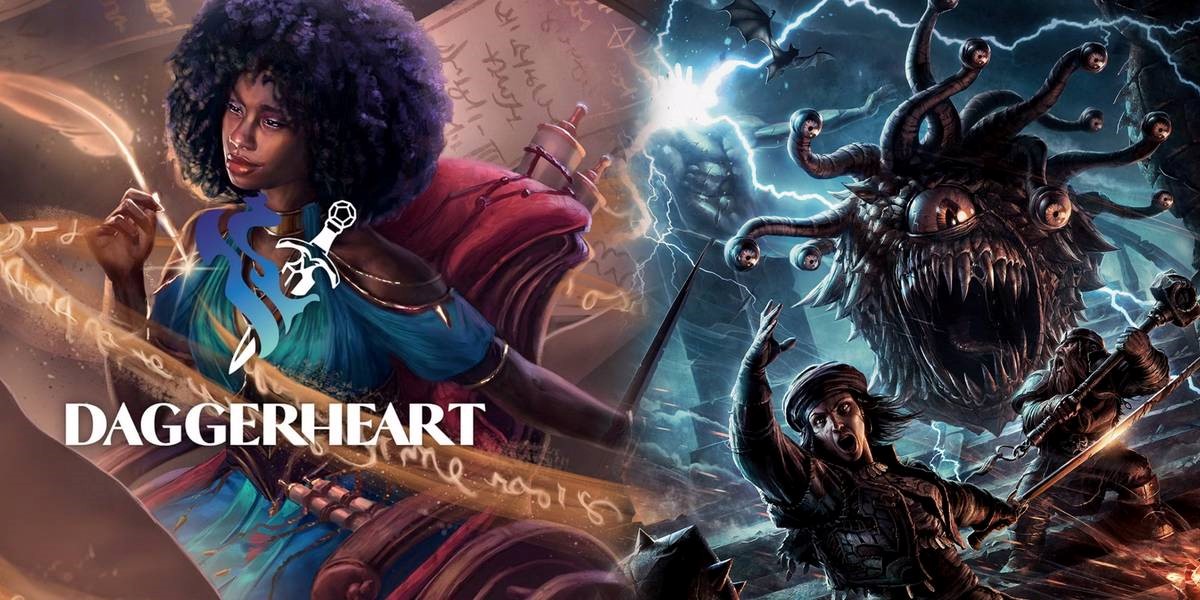
Figure 1. Daggerheart
Daggerheart reworks this by having players roll two d12s and add the results, creating a smoother chance of success. More importantly, each die represents opposing forces—hope and fear—with the higher die deciding which dominates the outcome. Figure 1 shows Daggerheart.
When hope wins, success brings positive results, and even failure awards a hope point—a resource players can spend on special abilities. If fear dominates, the game master gains a fear point to introduce complications or empower enemies.
This system ensures every roll matters: a failed lockpick might alert guards or trigger a trap depending on hope or fear, and missing an attack with fear lets the enemy act. Failure always drives the story forward, making the gameplay more dynamic and engaging.
Problem: Advantage and Disadvantage Have Too Much Impact
Daggerheart reworks 5e’s advantage and disadvantage system by replacing the swingy second d20 with a more balanced addition or subtraction of a d6. This preserves the spirit of situational modifiers without overwhelming the math. It also streamlines 5e’s complex array of conditions down to just three — hidden, restrained, and vulnerable — making it easier for GMs to apply effects without getting bogged down in rules.
Issue: Species and background choices have too much impact
In original 5e, players often had to choose species and backgrounds based on stat bonuses to stay competitive, limiting creative freedom. The 2024 update moved those bonuses to backgrounds, but still penalized players who chose options for narrative reasons. Daggerheart removes this issue entirely by assigning attributes based on character class. Species and backgrounds instead provide thematic, broadly useful traits—like a giant having more HP or a wilderness survivor moving silently—allowing players to focus on storytelling without sacrificing effectiveness.
Issue: Spellcasters Face Overwhelming Options Compared to Non-Casters
While not an issue for every player, the disparity in complexity between spellcasters and non-casters can be intimidating—especially for newcomers who might prefer the straightforwardness of a fighter over juggling spell choices. Wizards of the Coast attempted to address this in the 2024 rules with weapon mastery and hybrid subclasses, but Daggerheart takes a different approach.
In Daggerheart, all characters—regardless of class—have balanced options thanks to a card-based system, similar to 4e D&D or Gloomhaven. Each level, players choose new cards representing abilities like a wizard’s magical ward or a bard’s morale boost. This modular approach also makes multiclassing more accessible by allowing players to mix cards from different classes, offering flexibility without sacrificing clarity.
Room for Improvement Remains
Despite addressing many issues, Daggerheart still has some notable gaps. The downtime actions are only lightly outlined, and the game takes an abstract approach to loot—using vague terms like “a handful of gold” rather than detailed treasure. Gear upgrades are essential, but the weapons section is the weakest part of the book: stats are repeated instead of streamlined, and while GMs are encouraged to create their own items, no tools or guidance are provided. High-tier special items have random names but lack descriptions that give them the unique flair of classic D&D magic items.
Overall, though, Daggerheart represents a strong evolution in medieval fantasy RPGs, showing a clear grasp of Dungeons & Dragons’ shortcomings and improving on them by borrowing strengths from other systems. Even groups not ready to fully switch can find inspiration here to enhance their D&D experience.
Daggerheart is available now through Critical Role shops and local game stores in the Darrington Press Guild, where a PDF comes free with a physical purchase. The core set will hit Amazon and major bookstores like Barnes & Noble and Books-A-Million on June 3. The free beta playtest remains available on DriveThruRPG.
For a taste of the game in action, Critical Role has released multiple one-shots and specials, including the upcoming eight-episode series “Age of Umbra,” running from May 29 and hosted by Matthew Mercer.
References:
- https://www.polygon.com/critical-role/599974/daggerheart-review-critical-role-ttrpg-rules-overview
Cite this article:
Janani R (2025), Critical Role’s Daggerheart TTRPG Tackles Major D&D Shortcomings, AnaTechMaz, pp. 177



